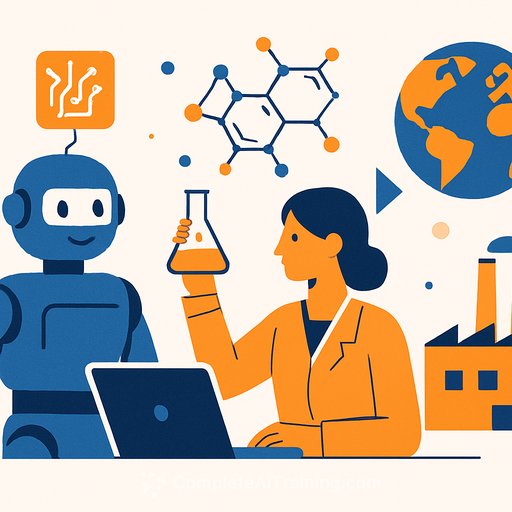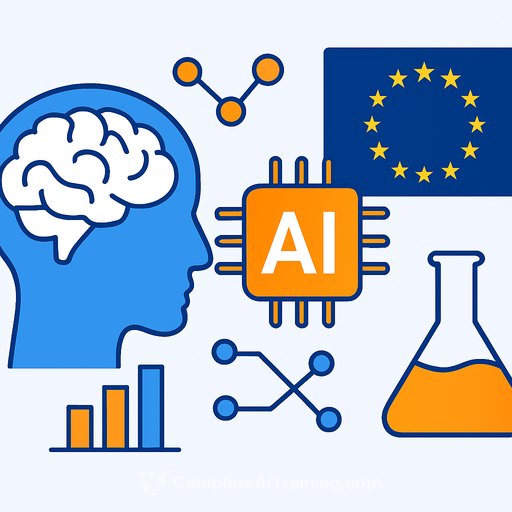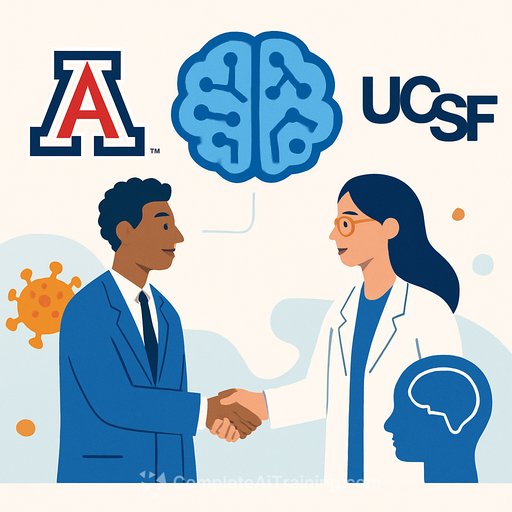AI Could Help Bridge the Valley of Death for New Materials
More than 50 experts recently gathered at the National Renewable Energy Laboratory (NREL) to explore how artificial intelligence (AI) can accelerate materials science. They focused on integrating AI into materials synthesis, characterization, and modeling to uncover insights faster and bring new technologies to market sooner.
Steven Spurgeon, a materials data scientist at NREL and the lead organizer of the workshop, highlighted that the true value of autonomous science lies not just in speeding up discovery but in reshaping the entire path from research to industrial impact. The goal is to engineer research workflows that produce advanced materials ready for scale-up and real-world challenges from the outset.
Accelerating Research with Autonomous Science
Autonomous science combines AI, robotics, and advanced computing to design and run experiments at scales and speeds beyond human capability. While human expertise still guides the overall direction, automation helps researchers move faster through the discovery process.
In May 2025, NREL hosted the Autonomous Research for Real-World Science (ARROWS) workshop, bringing together leaders in materials science, chemistry, AI, and robotics. The discussions focused on how autonomous systems can break through long-standing bottlenecks that slow the transition from lab discoveries to commercial products. Participants toured labs, shared ideas, and pinpointed challenges that must be solved to make autonomous science broadly effective.
Bridging the 'Valley of Death'
A major challenge identified is crossing the so-called “valley of death”—the gap where promising discoveries fail to reach market due to difficulties in scaling up and adapting to real-world conditions. Current laboratory methods, optimized for human operation, often create bottlenecks that slow progress.
Autonomous workflows offer a way to produce “born-qualified” materials. This means integrating considerations like cost, manufacturability, and performance early in the research phase, rather than as afterthoughts during scale-up.
Sergei V. Kalinin, a professor at the University of Tennessee and a pioneer in autonomous materials science, emphasized the shift in focus at the workshop. “The community moved from asking ‘What can automation do?’ to ‘How quickly can it deliver impact?’” he said. The vision is a unified process where discovery, optimization, and scale-up happen continuously and efficiently, meeting urgent needs faster.
Key Pillars for Autonomous Science to Advance
Although promising, autonomous science is still emerging. Workshop discussions highlighted four critical areas to develop for AI to become a truly effective partner in the lab:
- Metrics for Real-World Impact: Creating AI reward functions and metrics that prioritize cost-effectiveness, manufacturability, and resource efficiency.
- Intelligent Tools for Causal Understanding: Moving beyond correlation-based machine learning to causal models that provide physics-based insights.
- Modular, Interoperable Infrastructure: Addressing challenges from legacy equipment and proprietary data formats by developing modular workflows and standardized platforms for data sharing.
- Closing the Loop from Theory to Manufacturing: Applying agent-based AI models to connect theory, synthesis, characterization, and scale-up in a continuous learning cycle.
Collaboration is Essential
Industry leaders at the workshop expressed strong interest in partnering with national labs and universities to accelerate autonomous research. Nathan Park from IBM Research pointed out that traditional materials R&D cycles are a bottleneck in industry innovation. By combining the fundamental expertise of research institutions with AI platforms and market knowledge, collaboration can speed up problem-solving beyond what any single group can achieve.
Workshop participants are now preparing a scientific article to outline the biggest opportunities for autonomous science and to provide a clear roadmap for researchers, industry, and policymakers.
According to Steven Spurgeon, “The energy around closing the gap between discovery and deployment was clear. We are at a point where intelligent systems can co-design materials that meet national needs. Accelerating research this way will support affordable, abundant, and resilient energy solutions.”
Learn more about materials science and AI integration to advance research at Complete AI Training.
Your membership also unlocks:






